Hydropower is the backbone of grids all over the world, supplying more than 15% of global electricity and acting as a key enabler of other renewables like wind and solar. It plays a key role in countries such as Brazil, where hydropower represents approximately 60% of its energy matrix.
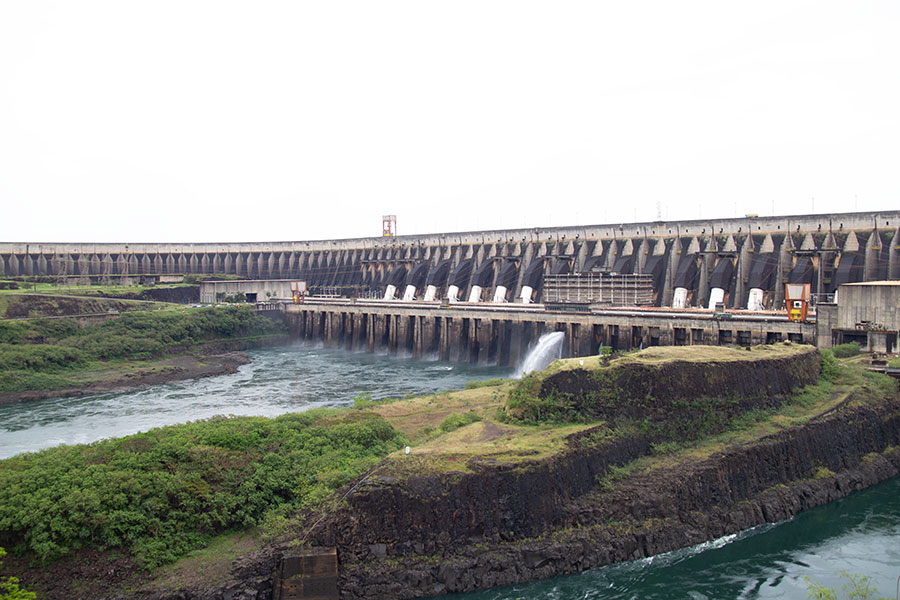
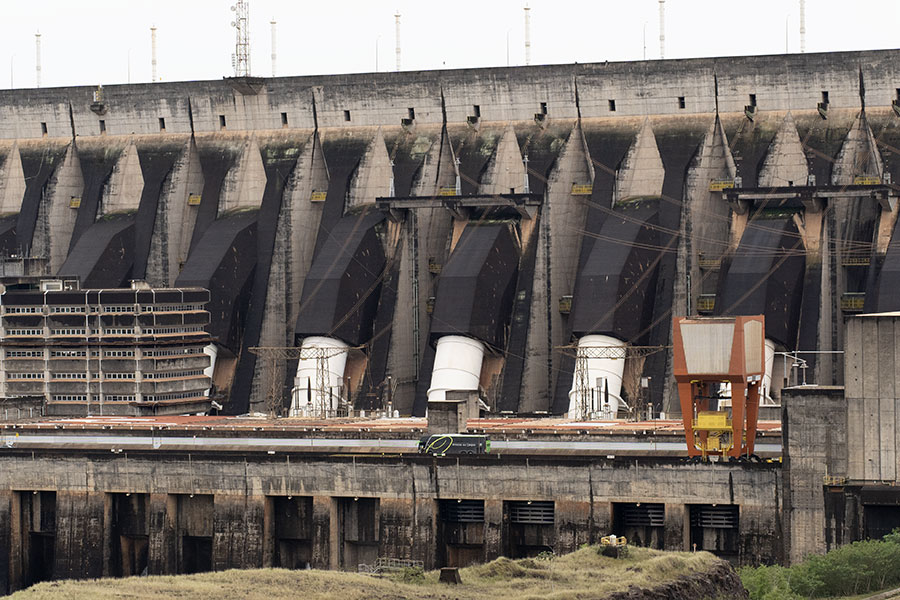


To continue generating energy, the hydroelectric plants under operation for years around the world need to be modernized to shore up existing capacity and make the most of the power of the water. The 41-year-old Itaipu is a phenomenon: It’s one of the largest hydro plants in the world, having an installed capacity of 14 gigawatts, and it’s currently going through a major technological update, executed by the CMI Consortium, formed by GE Vernova (leader), CIE SA, and Tecnoedil SA.
Bonus: Ready for a Journey from Water to Light?
Imagine if you were a single water molecule flowing through the Itaipu plant, transforming into energy. Those on the ground in Belém, host city of COP30 in Brazil, had the opportunity to enjoy the fully immersive 4D experience. And you can try it out for yourself with the 3D version here:


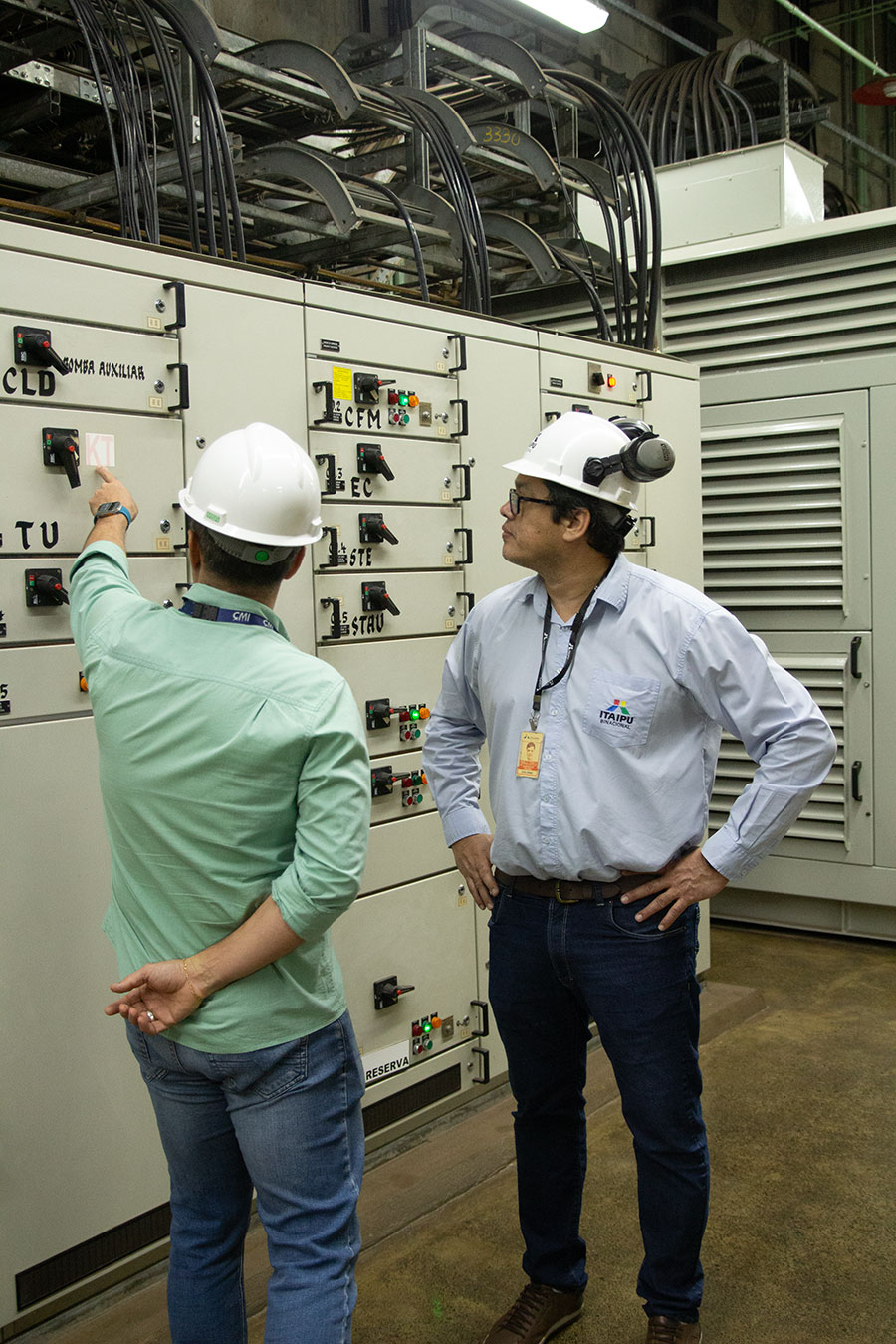
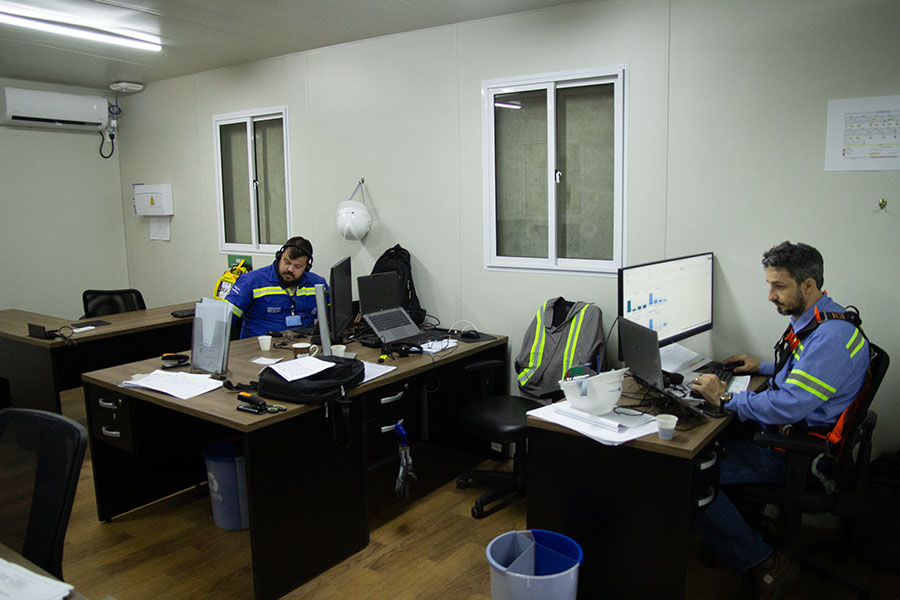
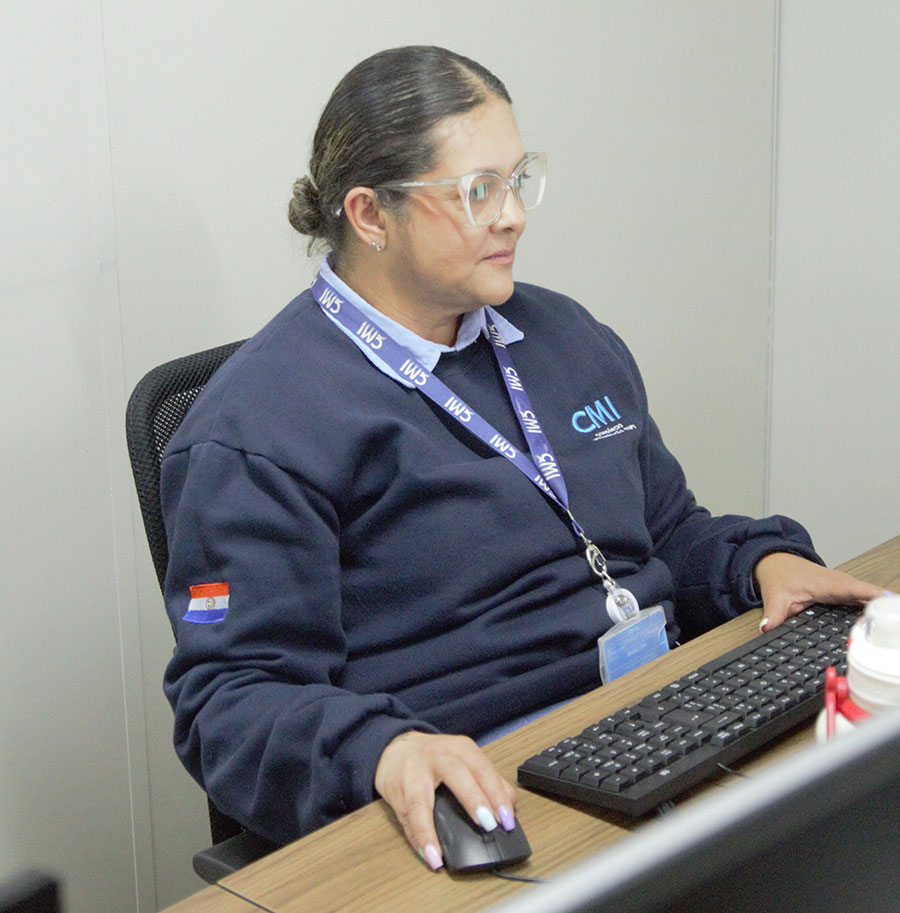
A diverse team of engineers hailing from Brazil, Paraguay, and around the world are working hard to enable state-of-the-art plant management. Working together, they’ve already ticked off some of the key engineering and testing phases of the project. The project is expected to be completed over 14 years, before the ultimate installation and start-up of the sophisticated equipment on all 20 power-generating units. Critical systems such as the Supervisory Control and Data Acquisition (SCADA), Energy Management Systems (EMS) and Network Automation Technologies, for example, are planned for 2026.
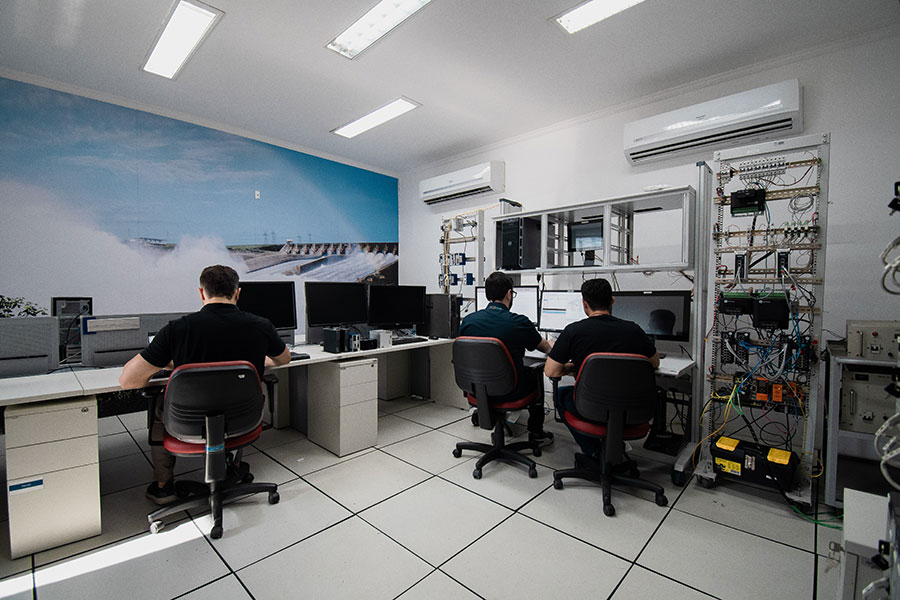
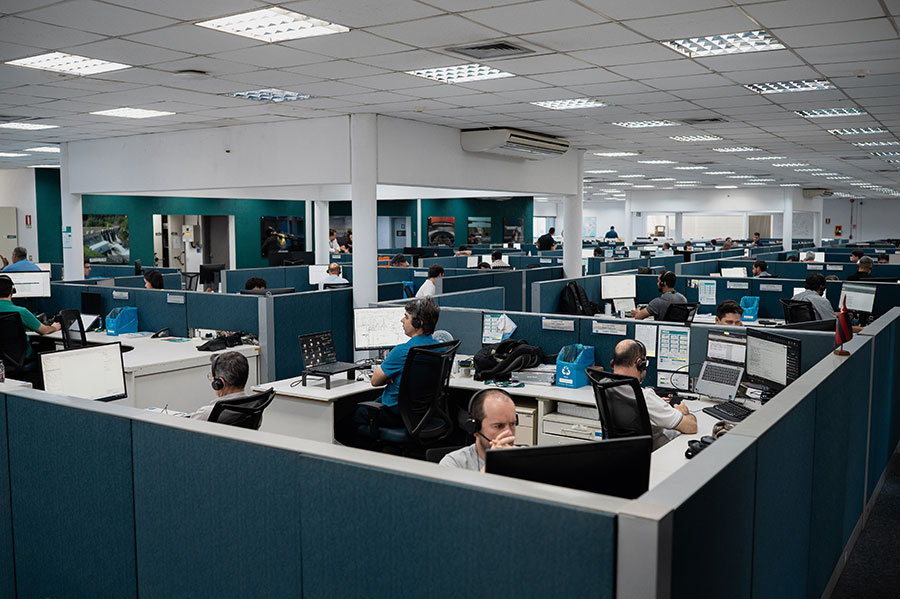

The plant is going to be transitioned over the coming years to more advanced digital controls, automated monitoring tools, and robust cybersecurity, becoming the first such facility with its own cybersecurity system. It’s a robust digital overhaul, expected to last around 14 years, aiming at greater security and efficiency and high operational availability. In the long run, these upgrades will extend the operating life of critical plant systems, securing Itaipu’s energy contributions for decades to come.
Did you enjoy this story? Keep reading with Concept Becomes Reality: How GE Vernova and Ontario Power Generation Are Writing the Next Chapter of Nuclear Power, and explore the full series.
Forward-Looking Statements
This article contains forward-looking statements, which provide current expectations based on certain assumptions. Except as required by law, we disclaim any obligation to update these statements.
